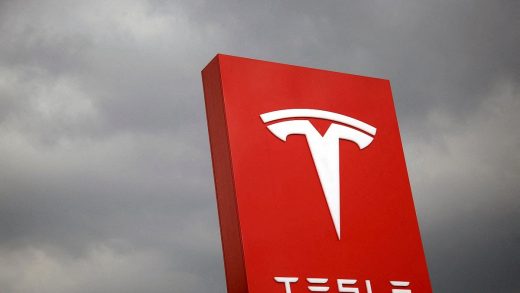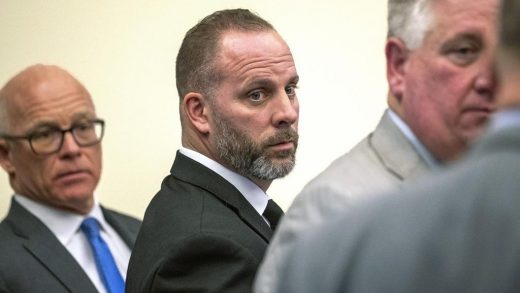
RICKY WILSON/STUFF
Minister for transport Michael Wood said the Government was focused on providing more transport options, not on building new roads.
Tāhunanui’s concerns will be addressed, but not by building new roads, the transport minister says.
The Tāhunanui Business and Citizens Association recently spoke to National spokesperson for transport Simeon Brown, calling on him to take up their fight against local proposals in the Nelson Future Access Plan.
However, Minister for Transport Michael Wood hit back against comments from Brown regarding his disappointment at the lack of Southern Link in the proposals.
“The National Party did nothing to improve transport in Nelson while in government, with a senior cabinet Minister at the table. They continue to focus on the Southern Link as the answer to all of Nelson’s transport challenges despite the Environment Court ruling against and serious concerns about air quality and the impact on nearby schools,” Wood said.
READ MORE:
* Frustrated Tāhunanui advocates call on Opposition to fight transport plan
* Transport blueprint gets green light despite Tāhunanui stumbling block
* Nelson groups threaten legal action over transport study options
“If we are serious about reducing congestion and emissions then we need to think more widely than just building more big roads through our cities.”
The Southern Link was first put forward in the 1960s, but despite former Nelson MP Nick Smith’s support it never made it past the proposal stage.
Wood said the Government was “committed to supporting the effective movement of people and freight around Nelson and Tasman”.
Martin De Ruyter/Stuff
Waka Kotahi said the time-bound nature of the discontinued southbound lane contributed to the safety issues at the intersection, and a permanent lane would address those concerns.
“We are focused on finding a solution that will allow the region to thrive and succeed by providing more transport choices that work, not just move the congestion up the road.”
Wood said the Nelson Future Access Project, which would encourage more use of public transport or active transport options, would free up the roads for those who needed to drive, and increase road safety to reduce death and injury.
A Waka Kotahi spokesperson said the Southern Link or inland route was “not identified in our 30-year programme”. The agency is pursuing a business case for priority lanes on parts of Waimea Rd and State Highway 6. The railway reserve land is being kept for walking, cycling, and as an emergency backup in the event of significant change in climate change forecasts or “catastrophic natural event”.
The spokesperson said Waka Kotahi was aware of the safety concerns with the proposed southbound lane for the intersection at Tāhunanui, and would take that into account in the design, which was in its early stages.
“Providing part-time parking outside the shops and a priority bus lane was not a recommended option. The recommended approach provides certainty to all road users that both lanes will be available at all times, which is likely to increase safe and efficient use of this intersection.
“Part-time parking in this location could create issues with parking compliance and would raise safety concerns if people were to park at the incorrect times. This could create unsafe situations for cyclists and vehicles travelling through the intersection and was the reason the part-time arrangement was removed in the past.”
Nelson City Council agreed to the agency’s preferred option, with a caveat that a “safe state highway network through Tāhunanui remains a priority for the Nelson City Council and its community”.


